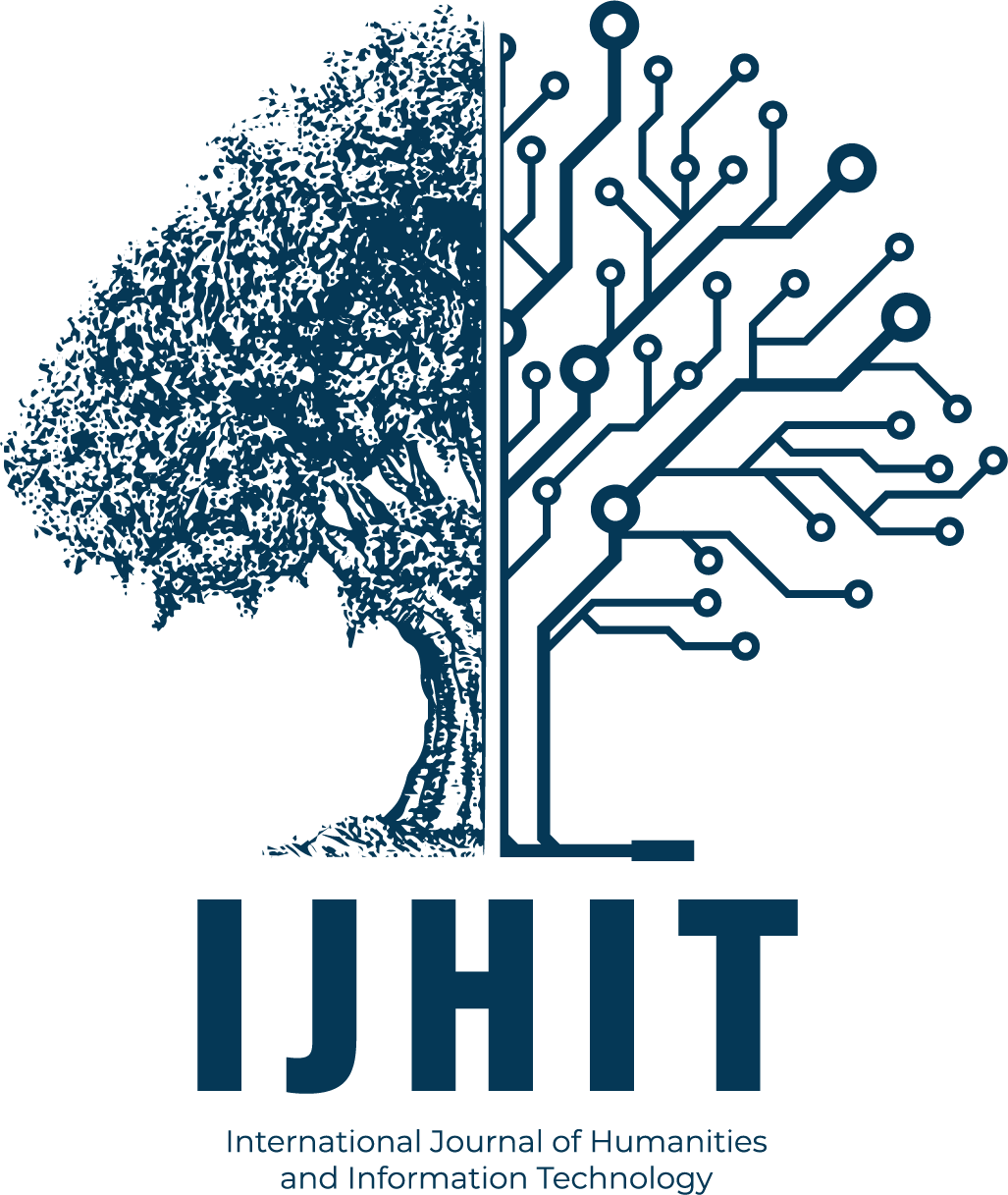April 27, 2024
Publication Policy
High-quality papers, to be published in the journal, are expected to meet a number of criteria; the following are the main points to consider:
- Rich Content and Data: Papers should contain substantial and relevant content, supported by appropriate data, experiments, or evidence.
- Introduction to the Area and Subareas: The introduction should effectively introduce the area of research and its subareas to provide a clear theoretical background to the study.
- Well-Defined Research Method: The paper must follow a clear and well-defined research method or approach, explaining the process undertaken.
- Literature Review: A thorough critique of available literature on the topic should be presented, highlighting the gaps and problems in the existing research.
- Research Problem/Question Identification: The paper should present a clear and valid research problem/question derived from the literature review.
- Detailed Solution: A valid and detailed solution to the identified research problem/question must be proposed and discussed.
- Validation Method: The paper should develop, adopt, or adapt a clear validation method or criteria to assess the proposed solution.
- Results and Evaluation: Concrete and decisive evidence in the form of research results should be presented; these results should be compared and evaluated against existing literature.
- Limitations: Clear limitations related to the achieved results or proposed solution should be provided.
- Conclusion: A clear conclusion and concise conclusion based on the work carried out should be presented.
- Future Research Directions: The paper should outline clear directions for future research in the area.
- In addition to the manuscript formatting guidelines, the following points should be taken into consideration:
- Type area: Use a standard letter-sized page (8.5” x 11”) with fully justified text. Margins should be top: 1.3”, bottom: 0.6”, left: 1.25”, and right: 1.25”. Use a two-column format for the main manuscript, with column width: 2.8” and space between columns: 0.2”. Text and figures should not fall out of this area.
- Titles Format: Use capital letters for the paper title (16 point), author names (10 point), and affiliations (10 point). Subheads should be in bold capital letters (10 point) or capitalize each word case (10 point).
- Text: The text should be in 10-point Times Roman font, single-spaced, with the first line of each paragraph indented and one line gap between consecutive paragraphs.
- Headings and Subheadings: Use easily distinguishable subhead levels with numbers, leaving one line space before each subhead.
- Figures and Tables: Figures and tables should be presented in black and white or grayscale. Legends/captions for figures should be in 9-point Times Roman italic and provided directly beneath the figure. Tables should be indented slightly from the left column margin and have captions above them.
- It’s essential to thoroughly adhere to the manuscript content checklist and formatting guidelines to increase the likelihood of acceptance for publication in the journal.
- References play a crucial role in academic writing as they provide evidence and credibility to the research presented in the manuscript. In this particular case, the journal requires authors to follow the Vancouver style referencing system. Here are the guidelines for formatting references:
- Text Type: References should be presented in 10-point Times Roman font at the end of the paper.
- Vancouver Style: Use the Vancouver style for referencing, which involves listing the references in numerical order as they appear in the manuscript. Each reference is assigned a unique number, and these numbers are used to cite the sources in the text.
- Reference Format: Each reference should follow this format:
- Author Name(s): List the author(s) of the paper, starting with the last name followed by initials.
- Paper Title: Provide the title of the paper.
- Conference/Journal Title: Mention the title of the conference or journal where the paper was published.
- Volume and Issue Number (if applicable): Include the volume and issue number of the journal if it’s a journal publication.
- Date: Provide the date of publication.
- Page Numbers: Include the page numbers of the paper.
- Citation in Text: When citing references in the text, use the corresponding number of the reference in square brackets. For example, [1], [2].
- Consistency: Ensure that the referencing style is consistent throughout the whole manuscript, both in the text and the references section.
- By following these guidelines, authors can present their references in an organized and standardized manner, providing clear evidence of the sources used in their research.
